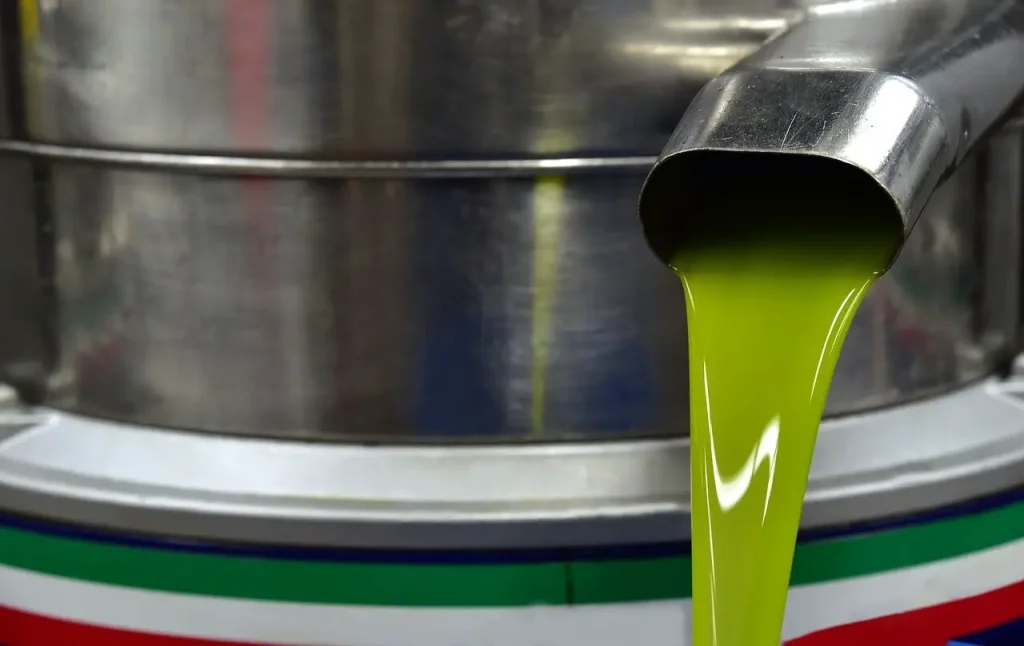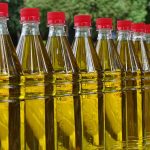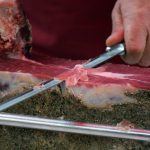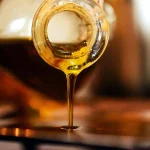This year’s olive harvest did not yield the best results, so olive oil prices could rise up to 50 percent, Slobodna Dalmacija reports on Friday.
The olive harvest in some olive groves is still ongoing, while some traditionally wait for All Saints’ Day. In other groves, there is nothing to pick. A cold front after Easter thinned the fruits in the spring when some olive groves were covered with snow. In Dalmatia, 50 percent fewer olives are harvested this season than last year. Since Istrian olive groves have not fared any better, olive growers are announcing higher oil prices – up to 50 percent in Istria.
“The yields and quality of the oil are better than last year, only this year there will be less. This is because when the flower was supposed to turn into fruit, there was a storm and low temperatures, and after that, there was no water, and these are essential components for olives,” explains Denis Benčić from Fažana.
Last year’s average price of extra virgin olive oil in Istria was around 100 kuna, and now prices of up to 150 kuna are expected.
“It will be better,” says Rade Bobanović of Polače, also president of the ‘Maslina i Vino’ agricultural cooperative.
“As it is, so it is. There is no joy in the olive groves, but we will not grieve either,” adds Bobanović. Climate change is taking its toll; the only thing is that workers are now happier because their pay is higher and they harvest less, he jokes, pointing out that last year he paid pickers earned 2.20 kn per kilogram of olives, and now he pays about 4 kuna.
“If they were paid per kilogram, they would not get even 100 kuna per day,” he added, noting that the yield per tree is 30 percent lower than last year, which was also one of the worst, and not even 30 percent compared to the average olive potential. Depending on the micro-location, for example, some places bore fruit above average, some not at all. On the Biograd coast, the branches shoot from the genus, and in the Benkovac area, which is often significant in terms of yield, it is decimated.
“Yields, however, are better everywhere than last year, which means that the oil will be of exceptional quality. But anyway, it is calculated that we are lucky if we have an ideal harvest every fourth or at least every sixth year,” said Bobanović.
His olive groves are also organic, even more demanding and expensive to maintain. However, in Croatia, organic extra virgin olive oil is not yet perceived as better quality than that obtained in commercial or integrated production, so the price of all these Dalmatian oils is the same.
For more, make sure to check out our dedicated lifestyle section.












